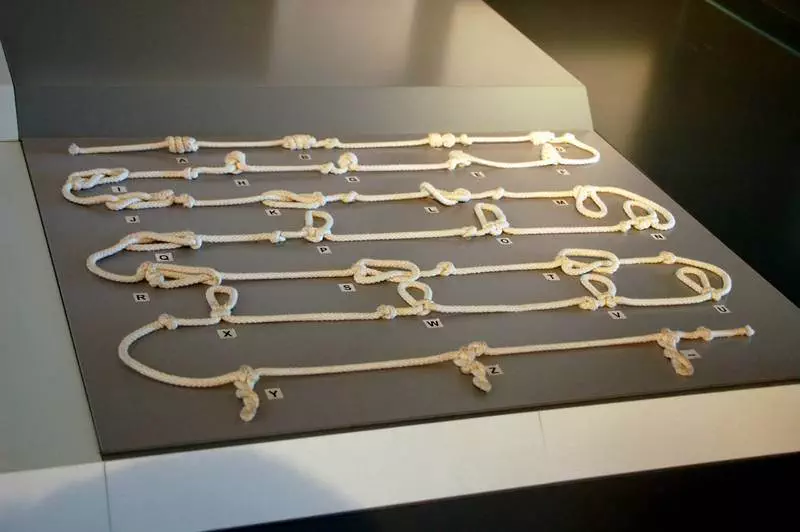
I thought it was a typo on the sign at first, to be honest.
How ironic, I thought, that the sign for the Typological Museum would have a typo in it.
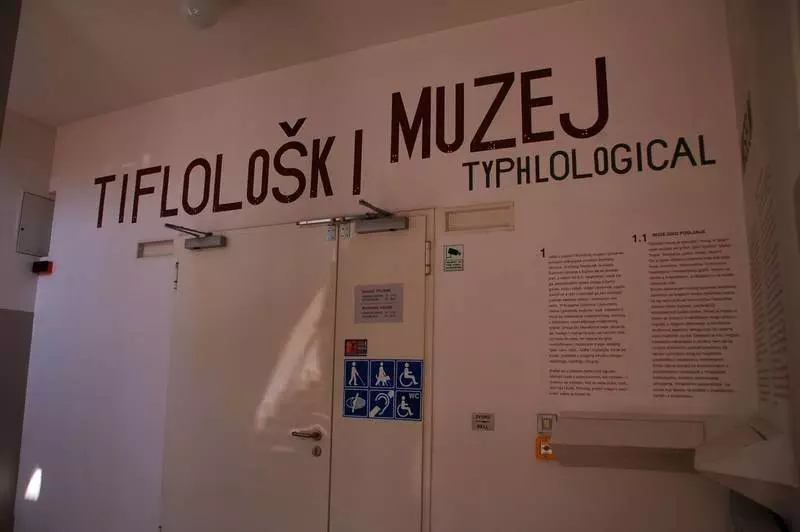
It’s not a typo, though — derived from typhlos (‘blind’) and logos (‘thought’ or ‘reason’), the Typhlological Museum covers the world of the blind and the visually impaired. Virtually every part of the museum is set up for the blind or visually impaired visitor, from Braille describing every sign to signs using large fonts. The curator pointed out the sandpaper-like strip on the floor, a tactile way of staying on the line, and noted “everything that is reachable is touchable”.
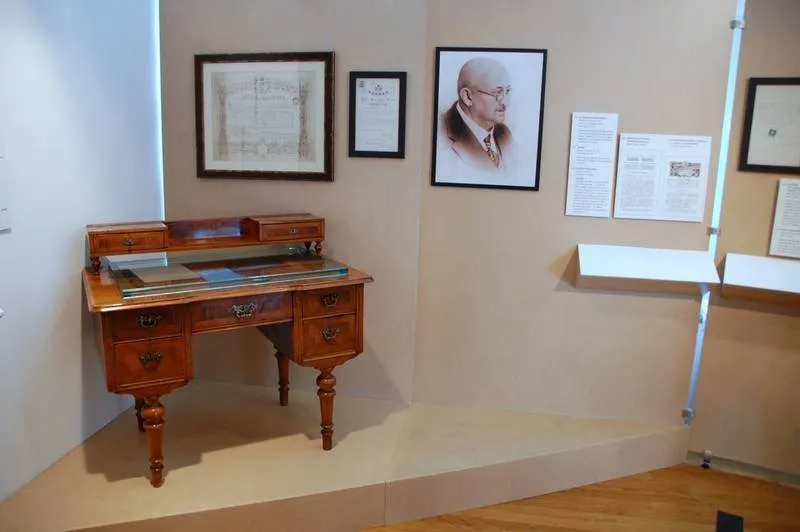
We have a young public teacher from the late 19th century to thank for starting this collection — in 1888, Vinko Bek began collecting items for a future ‘Croatian museum for blind people’. For decades it was a private collection, and only became a museum in 1953 with the work of Danica and her blind husband, Professor Franjo Tonković. Things have changed quite a bit since then, obviously, but the end result is what you’ll see.

A short history of educating the blind and early institutional care starts things off, with a painting of a fiddler sharing how history was originally taught.
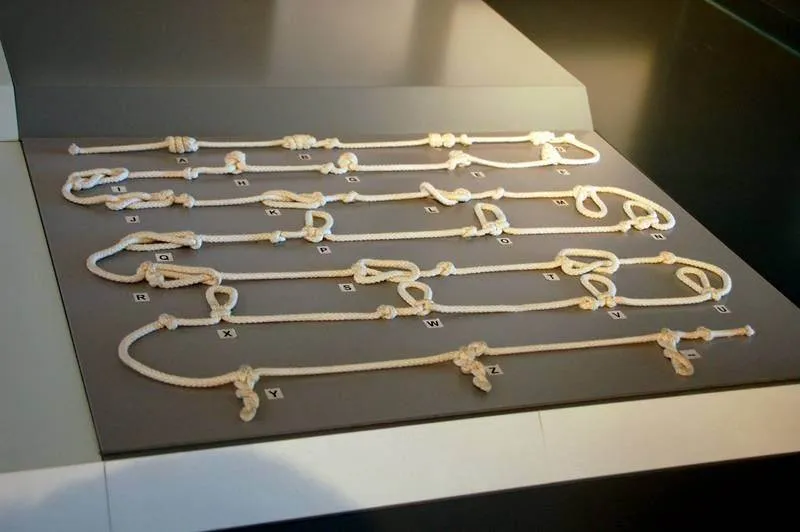
Take in this old-school way of communicating, which based on the Incas and their quipu, or knotted ropes. Each knot stood for a different letter of the alphabet.
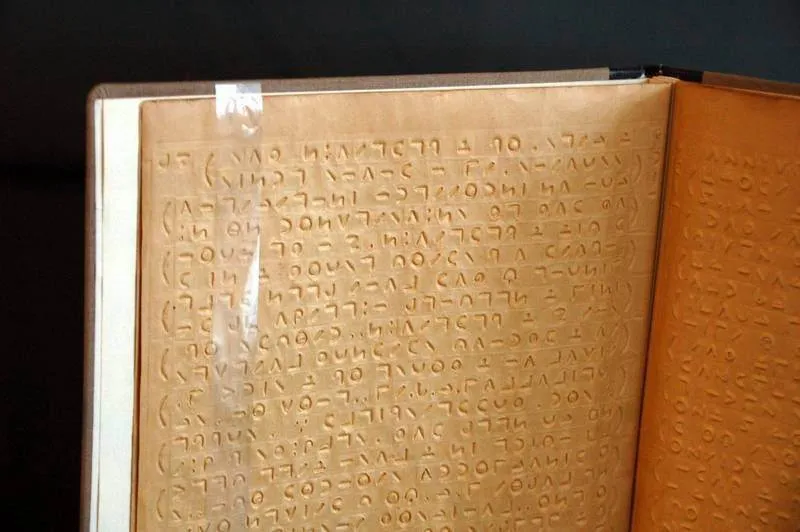
Before Braille came along, this alien-like language was one of a few attempts to help the blind read with their fingers.
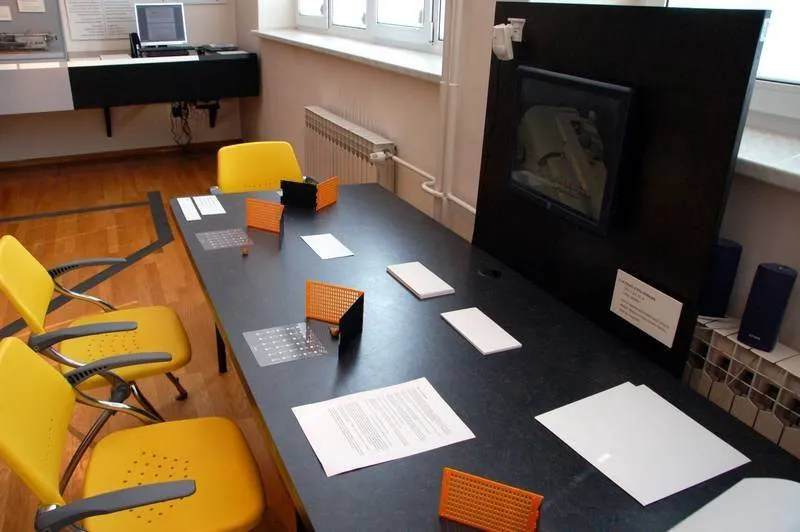
As Braille became more widespread, a blind student would also learn to write in Braille. You’d start by sandwiching a piece of paper in a metal grille. You’d ‘write’ from right to left by punching out the holes with an awl, then ‘read’ by taking the page out and flipping it around to touching from left to right. There’s an interactive demo with plastic version of metal grille and similar awl, so you too can ‘write’ in Braille.
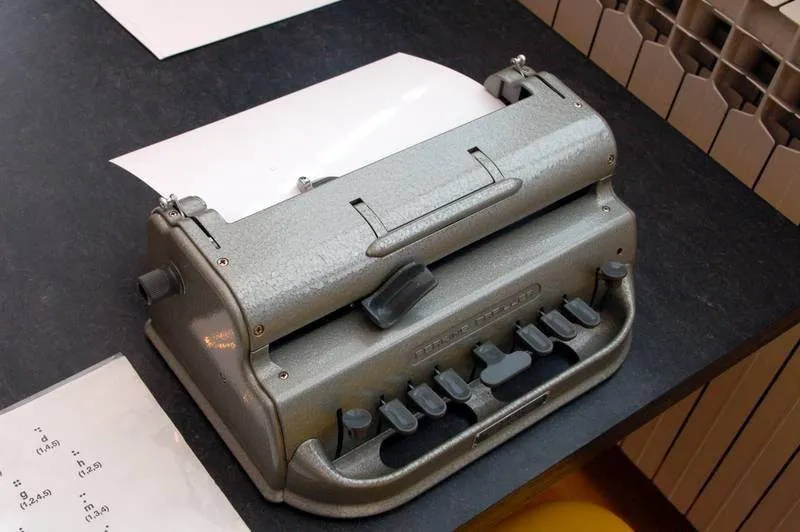
An odd-looking typewriter rounds out the demonstration — each button imprints a specific dot of the six-dot Braille grid. Push all the buttons for the dots needed for that character, then hit the space button in the center.
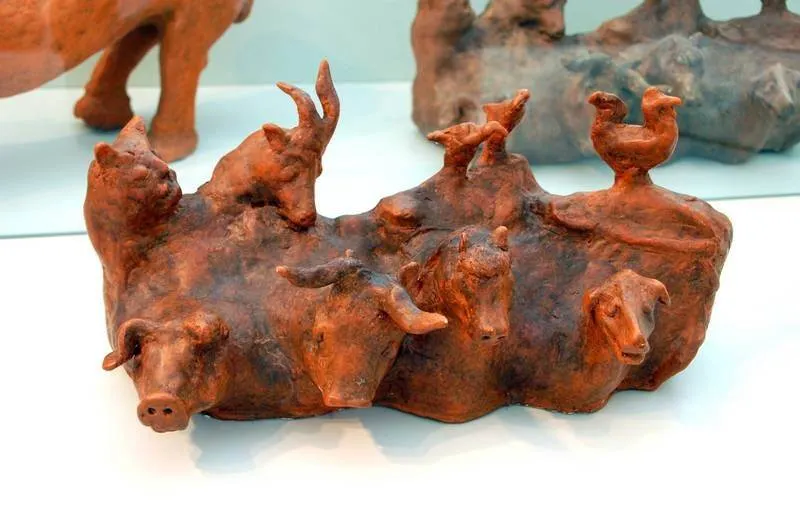
Some wonderful art created by blind artists — the original artwork is behind some glass, while a replica is for touching and feeling.
The dark room can be experienced before or after the permanent exhibits of the museum…
…though the curator said it’s a good idea to start with tour with it. No spoilers here, but it is completely dark inside. Your natural instinct may be to wait until your eyes adjust, but they won’t. Grab one of the white poles for yourself before walking in or allow the sandpaper-like strip on the ground to guide you. Just like the rest of the museum, anything you can reach can be touched. Feel some shapes attached to the wall, three pieces of art, and several samples of fabric. Allow yourself to sniff around while inside, as some things have an interesting scent about them…
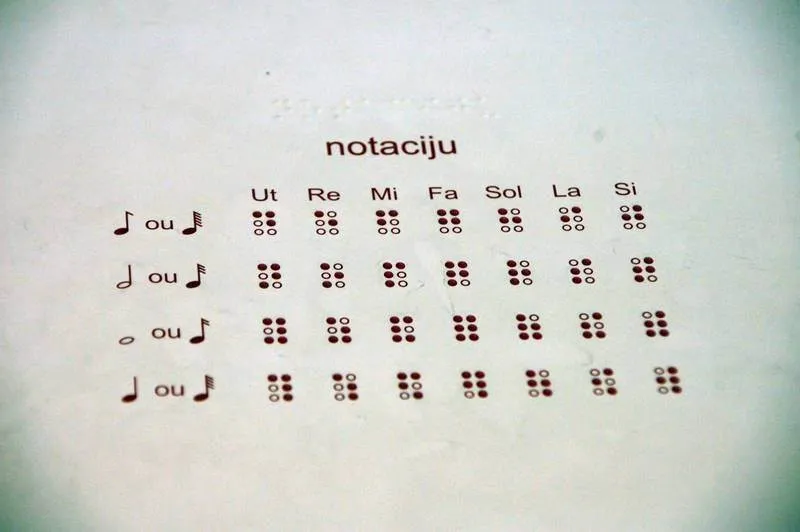
It’s a great, kid-friendly place to appreciate what it takes to function as a blind person in a very visual world. Surprisingly, it’s not the easiest to find for a normally-sighted person to find — there’s very little in the way of signage outside from the ground floor. (If you’re across the street, you’ll spot the plain-signed windows through the trees.) Look for the high-contrast yellow door handle as the best indicator you’re in the right place.
Looking for more to do in Zagreb? How about 101 Things to Do in Zagreb? Check out this Travel Honestly guide to Zagreb.
Name: Typhlological Museum (Tiflološki muzej)
Address: Draškovićeva ul. 80, 10000, Zagreb (GPS: )
Directions: The closest tram station is Branimirova, and trams 2, 4, 6, 8, 9, 13, 14, and 15 all stop here. Head up the side street (Draškovićeva), and walk about 80 meters (260 feet). Look for the yellow door handle, then take the stairs or elevator two levels up.
Hours: 10am-5pm Monday-Friday (until 8pm on Thursday); from July 1st to August 31st: 10am-4pm Monday-Friday (until 8pm on Thursday)
Admission: 20 kuna
Phone: +385 01 4811 102
Website: http://www.tifloloskimuzej.hr/


